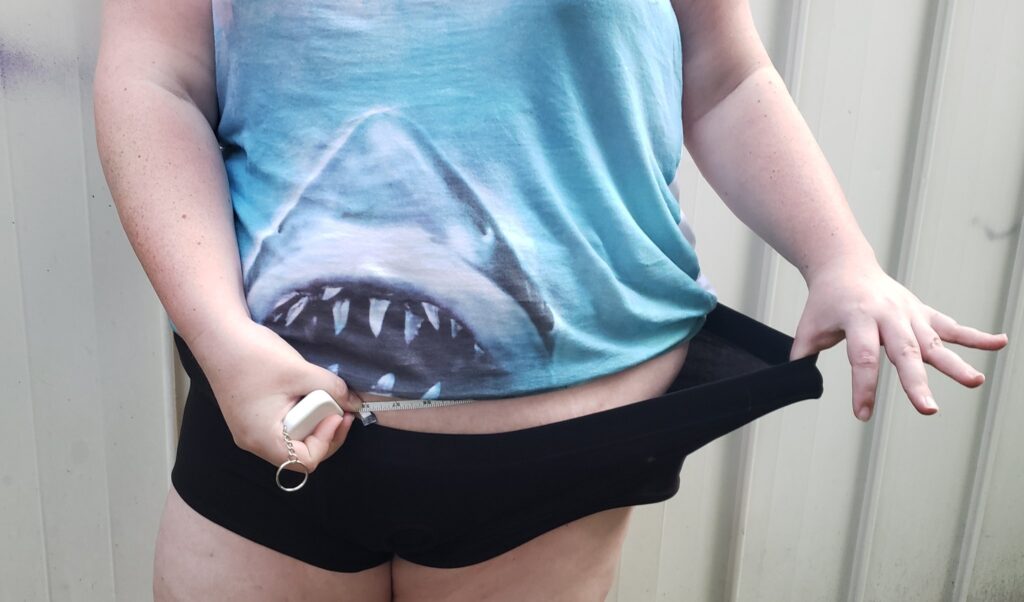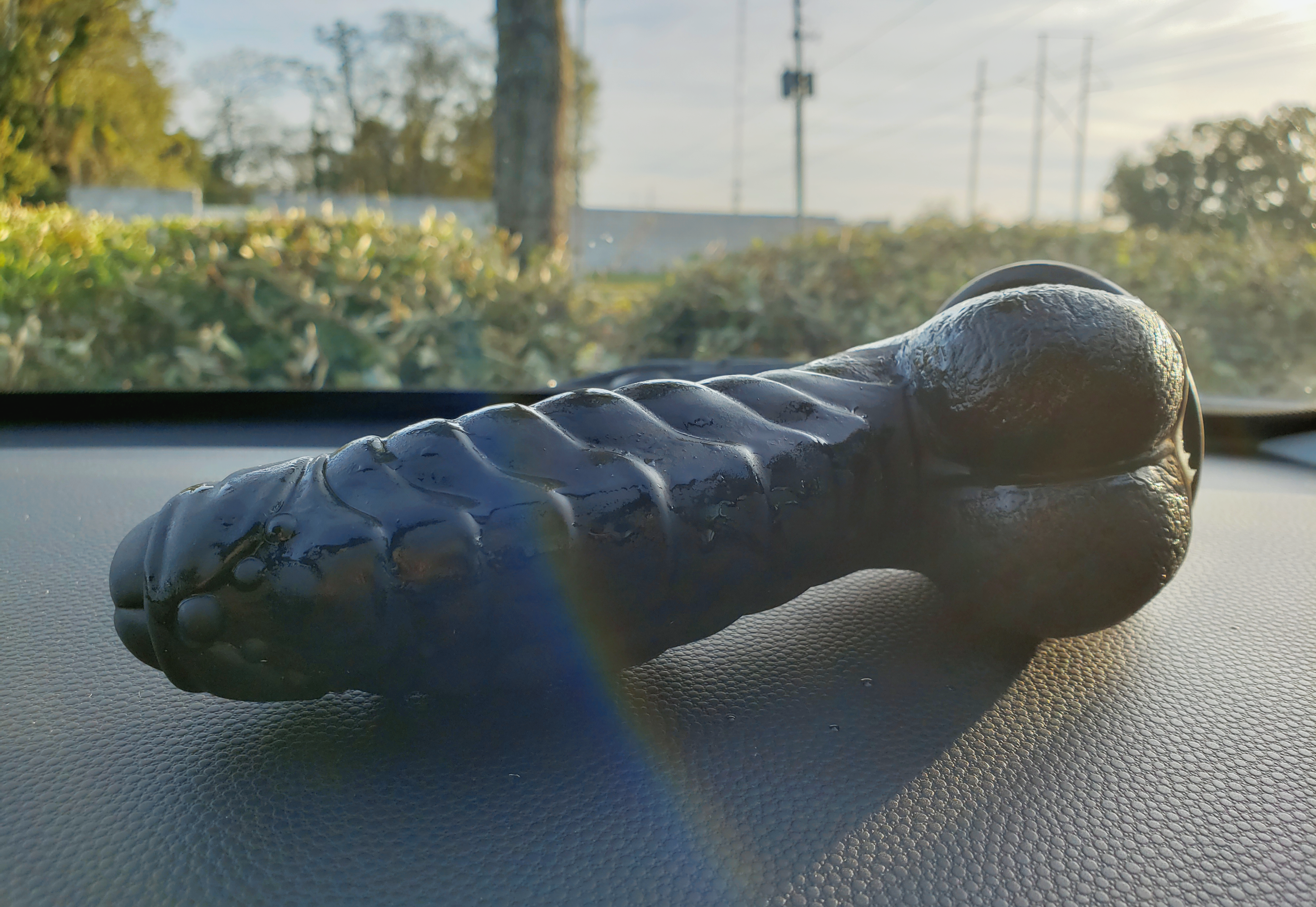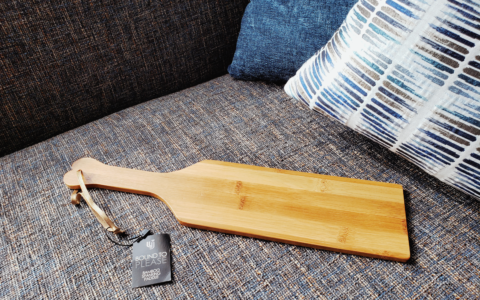
So I was catching up on pleasure product news recently when I saw an upcoming release that got me really excited. Finally! More of a thing I want to exist, and likely at a price point that doesn’t make me cringe! But upon rereading the article, I noticed a detail that I’d initially missed: the product (a strap-on harness) was only being made in sizes XS to XL.
I am not an XL.
Disappointed but still enthused about the product, I hopped on Twitter to share my feelings and tag the manufacturer to let them know. Most sex toy companies are small enough that direct feedback on social media can have an actual impact – but even if it didn’t, influencers gotta influence, y’all. Radio silence doesn’t pay my bills.
The company – and I’m declining to name them, because I want to focus this piece on education over dunking for clout – reached out to say they were considering expanding the size range. Awesome! I will be waiting in the rafters, ready to swoop in and review if they bring bigger sizes to market. But in a follow-up tweet they added, “you’re not fat, everyone is just made in different shapes!”
Ugh.
This, while well-meaning, is both reductive and objectively untrue. I am fat!
These kind of hand-wavey platitudes tend to come from people who have never seen me, or – worse – who have seen me and choose to pointedly ignore the realities of my body. I’m 6’ tall, broad-shouldered, and have a waist that measures around 50”. (For those who need clothing size for visualization, my pants size in US women’s is like 24 or 26.) I’m big! I’m fat! And while it’s true all bodies have shape, my shape factors heavily in how I’m treated, what spaces and resources are accessible, and whether or not companies design their products to include me.
When people try to erase or ignore my fatness for the sake of being politely inclusive, they reinforce the narrative that bodies like mine are abstract – just another shape in a world of shapes – and thus my dimensions don’t warrant purposeful consideration. This literal one-size-fits-all narrative means that bodies like mine don’t come to mind when people decide what size booth to install in their restaurant, what shirt sizes to stock, and who to hire to promote their business or model their products. Those of us who are especially shapely in our shape-having get left out.
We can debate the cost and complication of being size-inclusive in design, manufacturing, and marketing, but I don’t want to. That’s not what I’m talking about here. I’m talking about what comes before a product concept is ever sketched in a notepad or discussed on Slack.
“Fat” has been used as an insult, but my body and its dimensions are not insulting. Being fat is not insulting. What’s insulting is trying to reduce my body to a “different shape,” thereby overlooking its size and needs – both in conversation and at the next office brainstorming sesh. If you perceive me as a shape and not as fat, you’re not actually acknowledging me. And that’s why I get excited about a new product, only to be disappointed by the realization that it doesn’t come in my size.
I see me. But you don’t.




3 Comments
I was literally just screaming (not *quite* literally) to my girlfriend the other day about this. It’s nuts! I am fat AND THAT’S OKAY.
My partner saw the “you’re not fat!” comment and actually said “Are you for real?” out loud to me. Just..insisting people are not fat is a) making it clear that you think “fat” is a negative word (and thus implying that being fat is bad) and b) not allowing people to self-identify as they feel appropriate.
I appreciate you posting about and addressing this.